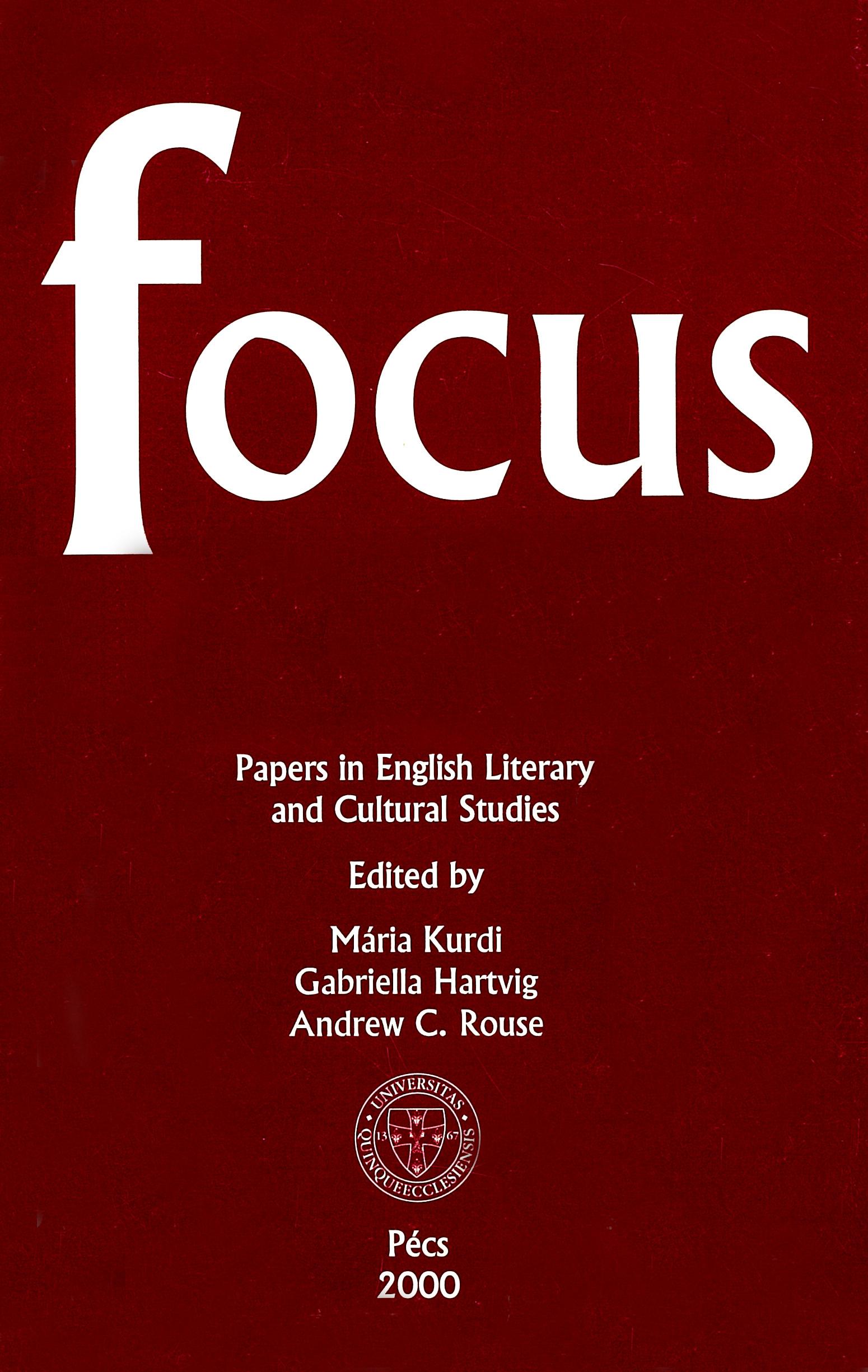“I never held myself to be an original writer.” János Kis’s Imitation of Richardson: The Hungarian Pamela
Abstract
A year after Richardson’s Pamela came out, a spurious sequel appeared, Pamela’s Conduct in High Life (1741), and before Richardson’s “true sequel” could have come out, a second imitation was published the same year, Pamela in High Life; or, Virtue Rewarded. Not only novels but numberless plays, comedies and tragedies followed up to the 1780s in imitation of Richardson. The Pamela frenzy spread all over Europe: besides abridgments and translations, a range of new Pamelas and Anti-Pamelas were soon published in England, France and Germany entitled Pamela The Second, Pamela Censured or Pamela Versified. There were parodies which purported to ruin Pamela’s virtue and questioned the moral doctrine in the work. Among these works Fielding’s Shamela opened the line and, as most of the 15 volumes of the Richardsoniana series of the Garland edition testify, was followed by works such as The True Anti-Pamela: or Memoirs of Mr. James Parry, and Anti-Pamela: or, Feign’d Innocence Detected: In a Series ofSyrena’s Adventures. There were other works which, although they did not borrow the name of Pamela, were still imitations because they belonged to the genre which Richardson founded by his novel, the “familiar story.” It meant that the story was presented in the epistolary manner where “all the letters are written while the hearts of the writers must be supposed to be wholly engaged in their subjects” (Richardson ix). Dramatic Pamelas, such as Virtue Triumphant differed from the novel type in that they lacked the sentiment and focussed more on the salacious element of the erotic scenes. An acknowledged kinship to Richardson’s heroine on the title page often guaranteed the bookseller’s success regardless of whether the story bore any relation to the original or not. James Turner summarized the Richardsonian legacy with these words: “Reception seems too mild a word for the Pamela craze that swept through eighteenth-century Europe and inspired emulation in virtually every medium. Its irritating fascination was felt by Prévost, Fielding, Voltaire, Goldoni, Diderot, and Mozart” (Turner 70). The most extreme form of subverting the original narrative was perhaps the printing of Richardson’s most beautiful “sentiments” on a set of cards.
Downloads
Published
How to Cite
Issue
Section
License

This work is licensed under a Creative Commons Attribution-NonCommercial-NoDerivatives 4.0 International License.
FOCUS: Papers in English Literary and Cultural Studies follows the principles laid down by Creative Commons, which provides guarantees for the Author’s copyright while also ensuring that intellectual properties are made available for the wider public in a digital form. All papers submitted to the journal apply the following licence conditions (indicated on the journal’s website as well as in individual publications):
“© This work is licensed under a Creative Commons Attribution-NonCommercial-NoDerivatives 4.0 International License.”
You are free to:
- Share, copy and redistribute the material included in the journal in any medium or format under the following terms:
- Attribution — You must give appropriate credit to the Author, and indicate the original place of publication [FOCUS: Papers in English Literary and Cultural Studies, Issue nr., page numbers.].
- NonCommercial — You may not use the material for commercial purposes.
- NoDerivatives — You are not allowed to remix, transform, or build upon the material.
- The above conditions must always be indicated if the journal material is distributed in any form.
- The above conditions must always be met, unless a written permission signed by the Author and the Editor-in-Chief states otherwise.

